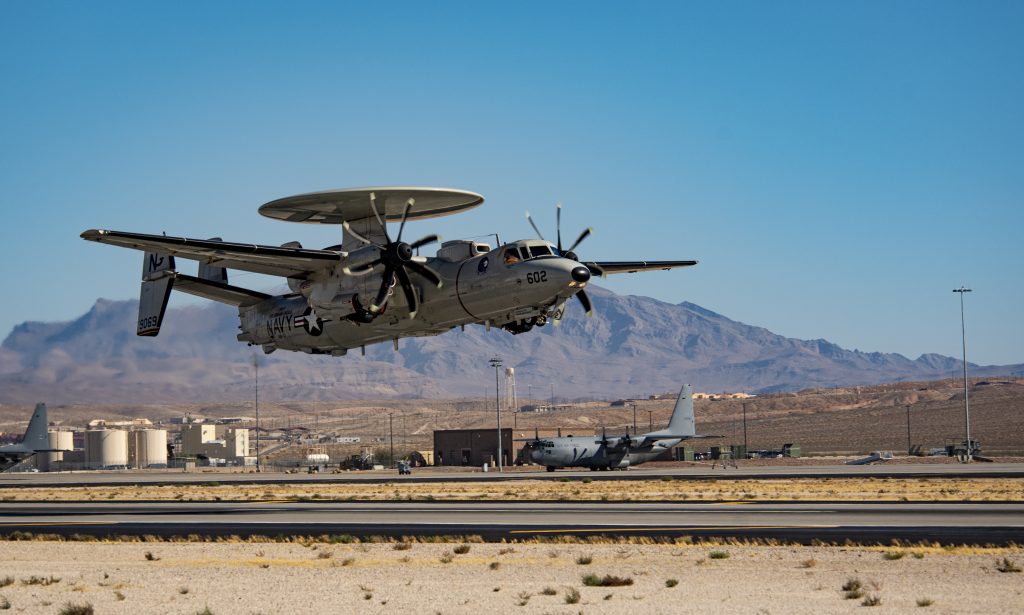By 2nd Lt. Nicolle E. Mathison, 57th Wing Public Affairs
NELLIS AIR FORCE BASE, Nev. (AFNS) — While the U.S. Air Force Weapons School Integration, or WSINT, has not deviated much from its original training model, today’s training approach has taken a new form.
WSINT is not only the capstone event students must pass to complete the U.S. Air Force Weapons School Weapons Instructor Course, but it is perhaps the most multi-faceted. WSINT generates capable leaders who can not only plan, integrate and dominate in any tactical setting but can also lead any spectrum of teams, who are ready to deliver strategic transformational change.
WSINT’s focus has shifted from simulating conflict with fictitious countries to simulating conflict with great power competitors.
In the past, instructors led student-devised oppositional forces during warfare exercises. But from Nov. 19 to Dec. 9, students will go head-to-head against one another simulating near-peer adversaries such as Russia and China, imbedding themselves in each other’s skirmishes. Instructors will rate and evaluate the engagements from the planning phases all the way to execution.
“Weapons School Integration is the capstone event for our Weapons School students before they graduate,” said Brig. Gen. Michael Drowley, 57th Wing commander. “We still want to present to them challenging problem sets that force them to integrate, critically think and lead, but now we are trying to create an even stronger connection to the Great Power Competition, so they are armed and ready for any potential conflict or adversary.”
The U.S. Air Force Weapons School’s mission is to train tactical experts and leaders to control and exploit air, space and cyber on behalf of the joint force. The mission of the 57th Wing is to train, instruct and lead the Air Force by ensuring it can win any conflict now.
WSINT is an educational event that exposes students to a series of practical examinations. All examinations must be completed with a passing grade. The examinations test and refine each student’s ability to plan simulated conflict scenarios that will then be executed and evaluated immediately upon its completion.
“We’ve learned over time that our adversaries model their training after our own tactics as executed in theater. So, if we are training to win, we must learn how to defeat ourselves. We are our greatest competition,” said Col. Jack Arthaud, U.S. Air Force Weapons School commandant.
“Weapons School Integration prepares you for leadership and command in a number of ways,” Drowley said. “You’re presented with an incredibly challenging problem set. The only way to be successful is to harness the capabilities of your team and integrate them successfully.”
Published November 30, 2020


